
VisualCAD/CAM is our standalone CAD/CAM package that is the best valued CAD/CAM system on the market today – period. It includes Completely FREE CAD program VisualCAD. MecSoft flagship CAM software program VisualCAM VisualCAD is the CAD platform on which VisualCAM runs on. VisualCAM includes the following modules VisualMILL, VisualTURN, VisualNEST & VisualART to address specific needs of various CNC manufacturing processes. MecSoft VisualCAD/CAM 2025 Tested Picture 2025 Release highlights include : High speed facing cut methods in 2 and 3 axis Contact Tool condition enhancement in 3 Axis surface machining Z axis as the rotary axis for 4 Axis continuous machining Drilling in 5 Axis continuous mode machining Numerous post-processor enhancements Expanded RhinoCAM SDK for automating machining Numerous Productivity and User...

Device Modeling MBP is a one-stop solution that provides both automation and flexibility for high-volume model generation. The software includes automated extraction packages for industry standard models as well as an open interface for modeling strategy customization. Turnkey solutions are also provided for the advanced statistical and mismatch model extraction, layout proximity effects (LPE) modeling, static random access memory (SRAM) cell modeling, HVMOS modeling, scalable Inductor modeling and corner library generation. Keysight Model Builder Program (MBP) 2025 Update 1.0 Tested Picture Device Modeling MBP is a complete modeling solution that integrates SPICE simulation, model parameter extraction and model library generation. The software supports the latest standard models including BSIM-BULK, BSIM-CMG and BSIM-IMG for logic, analog and RF designs. Besides compact...

Device Modeling MQA is an industry standard, automated SPICE model validation software. The software can check and analyze SPICE model libraries, compare different models, and generate QA reports in a complete and efficient way. The Device Modeling MQA software enables you to: Automate the QA process Easily identify model issues Standardize model validation flow Customize knowledge-based checking routines Freely compare between models/foundries/technologies One-click QA report generation

Altair Inspire Extrude is an easy-to-use tool for simulating metal extrusion, polymer extrusion, and friction stir welding processes to detect potential defects early in the product development phase and improve the process efficiency. It uses Altair HyperXtrude solver to simulate these processes. In this short video we’ll demonstrate a typical workflow for polymer extrusion simulation. Available versions: 2025.x , 2024.x , 2023.x , 2022.x , 2021.x , … Altair Inspire Extrude 2025.0 Linux Tested Picture Altair HyperXtrude is a suite of finite element solvers for simulating the following manufacturing processes. These solutions have interfaces in Inspire; the HyperXtrude solver is also called the Inspire Extrude Solver. Binder Jet Sintering Metal Extrusion Polymer Extrusion Quenching Calibration Metal Rolling Friction Stir Welding...

Altair Inspire is an intuitive, powerful family of integrated software products that accelerates simulation-driven design throughout the product development lifecycle, from concept to reality, while reducing product time-to-market. Available versions: 2025.x , 2024.x , 2023.x , 2022.x , 2021.x , … Altair Inspire 2025.0 Linux Tested Picture Used early in the design process, Inspire enables the creation of designs focused on both performance and manufacturability. Inspire empowers its users to explore, develop, and manufacture high-performance products in a single, intuitive environment. Key Features Geometry Creation and Simplification Create, modify, and de-feature solid models using Inspire’s modeling tools. Leverage the speed and accuracy of SimSolid to evaluate multiple variants. Lattice Structures Open the world of lattice structures for optimized design performance...

Altair Inspire Form is a complete stamping simulation environment that can effectively be used by product designers and process engineers to optimize designs, simulate robust manufacturing and reduce material costs. Available versions: 2025.x , 2024.x , 2023.x , 2022.x , 2021.x , … Altair Inspire Form 2025.0 Linux Tested Picture With the fast and easy feasibility module, users can analyze parts in seconds to predict formability early in the product development cycle. The automated blank nesting proposes an efficient layout of the flattened blank on the sheet coil to maximize material utilization. The tryout module includes a highly scalable incremental solver, helping users to iterate and simulate multi-stage forming, trimming and springback in a modern and intuitive user interface, reducing...
Altair Material Modeler (AMM) is a modeling software that allows users to quickly and accurately process raw test material data and generate required inputs for data export in txt format, including simulation-ready material cards for the nonlinear behavior of bulk materials like metals, plastics, rubbers, and foams.Required Altair Compose and HWSolver 2025.0 Intuitive workflows let users create material data for elasto-plastic and hyperelastic material models. The option to generate simulation material cards supports market-available implicit and explicit codes and can be used for multiphysics simulations. Altair Material Modeler dramatically reduces the time and costs needed to create high-quality material data and simulation input for computer-aided engineering (CAE) applications. Key Features Democratizing Material Preparation Highly automated workflows unlock the data processing...

FlightStream® revolutionizes aerodynamic design and analysis, offering solutions for a variety of vehicles from subsonic to hypersonic. Its unstructured surface-mesh solver and intuitive GUI reduce time and complexity compared to traditional computational fluid dynamics (CFD) solvers. Available versions: 2025.x , 2024.x ,… Altair FlightStream 2025.0 Tested Picture Versatile and powerful, FlightStream® seamlessly integrates with CAD software and excels in aerospace, marine, and alternative energy applications, delivering high-fidelity results with minimal mesh size and user input. FlightStream® enables aerodynamic analysis and efficient aircraft conceptual design, providing invaluable insights into aircraft performance and stability. FlightStream 2025.0 Release Note

Altair HyperSpice 2025.0 is a command line solver and waveform viewer for simulating electrical circuits modelized in SPICE. With access to Spice libraries for rapid AC, DC, and Transient simulations, it runs as standalone software or is fully integrated into a flexible system-wide simulation solution, helping companies innovate faster. Available versions: 2025.x , 2024.x , 2023.x , 2022.x ,… Altair HyperSpice 2025.0 Tested Picture

SOT is the industry’s only strategic financial optimisation tool for both surface and underground mines that maximises productivity and profitability outcomes by optimising the net present value (NPV) of the mine schedule. RPMGlobal SOT4 2024 v4.4.4186 Tested Picture Features Optimised NPV Custom heuristics and an evolutionary algorithm optimise the NPV. Decision support Identify robust, high-value schedules that drive strategic mine planning. Scenario planning & comparisons Generate multiple ‘what if’ scenarios in minutes to determine economic viability. Optimise multiple metrics Optimise for NPV, ore feed targets, profitability index and many more metrics. Seamless integration Integrated with most major mine planning packages. Optimal transition Efficiently transition from open pit to underground mining. Solve complex mine planning challenges Underground and surface mines are...
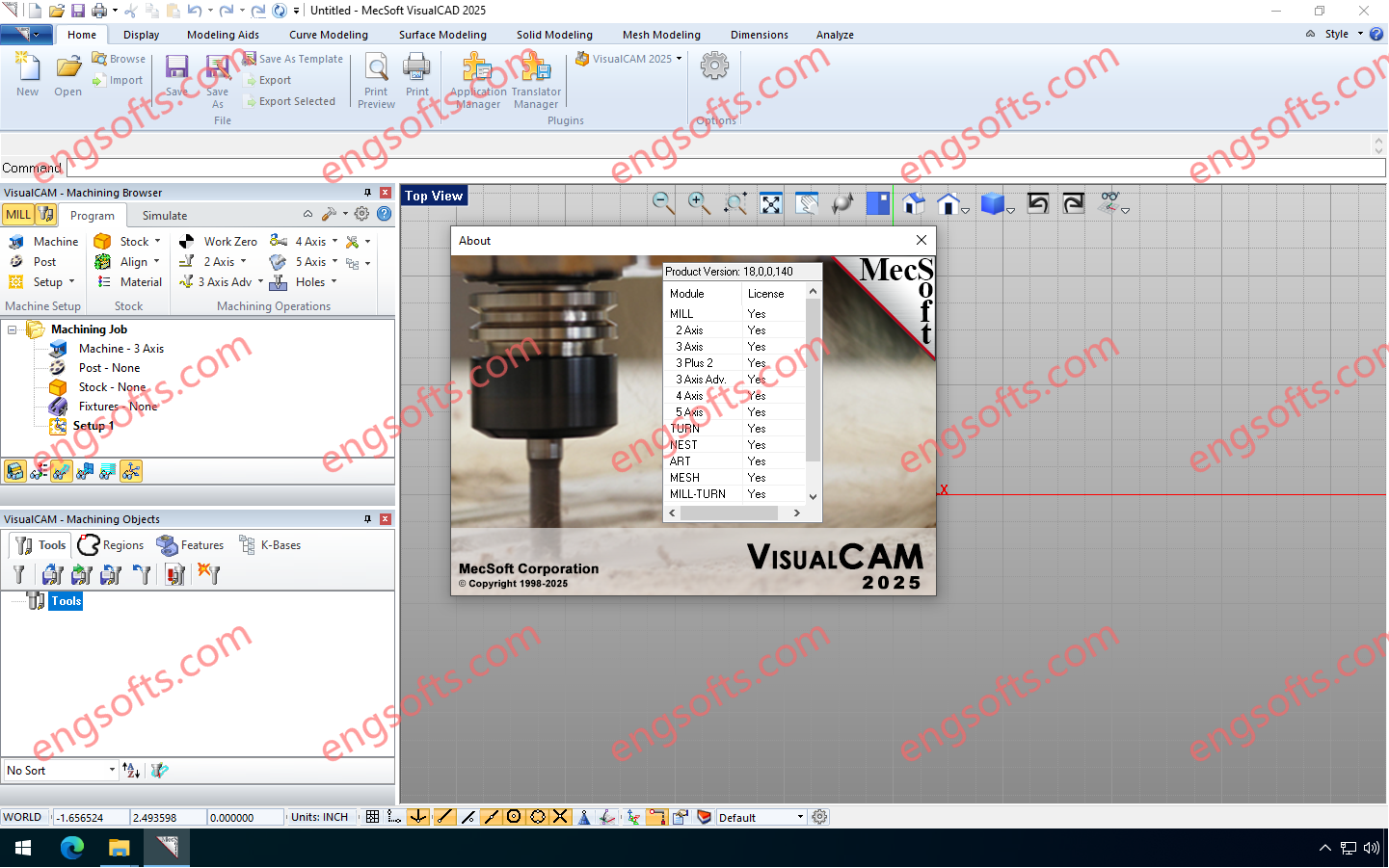

.2025U1.png)
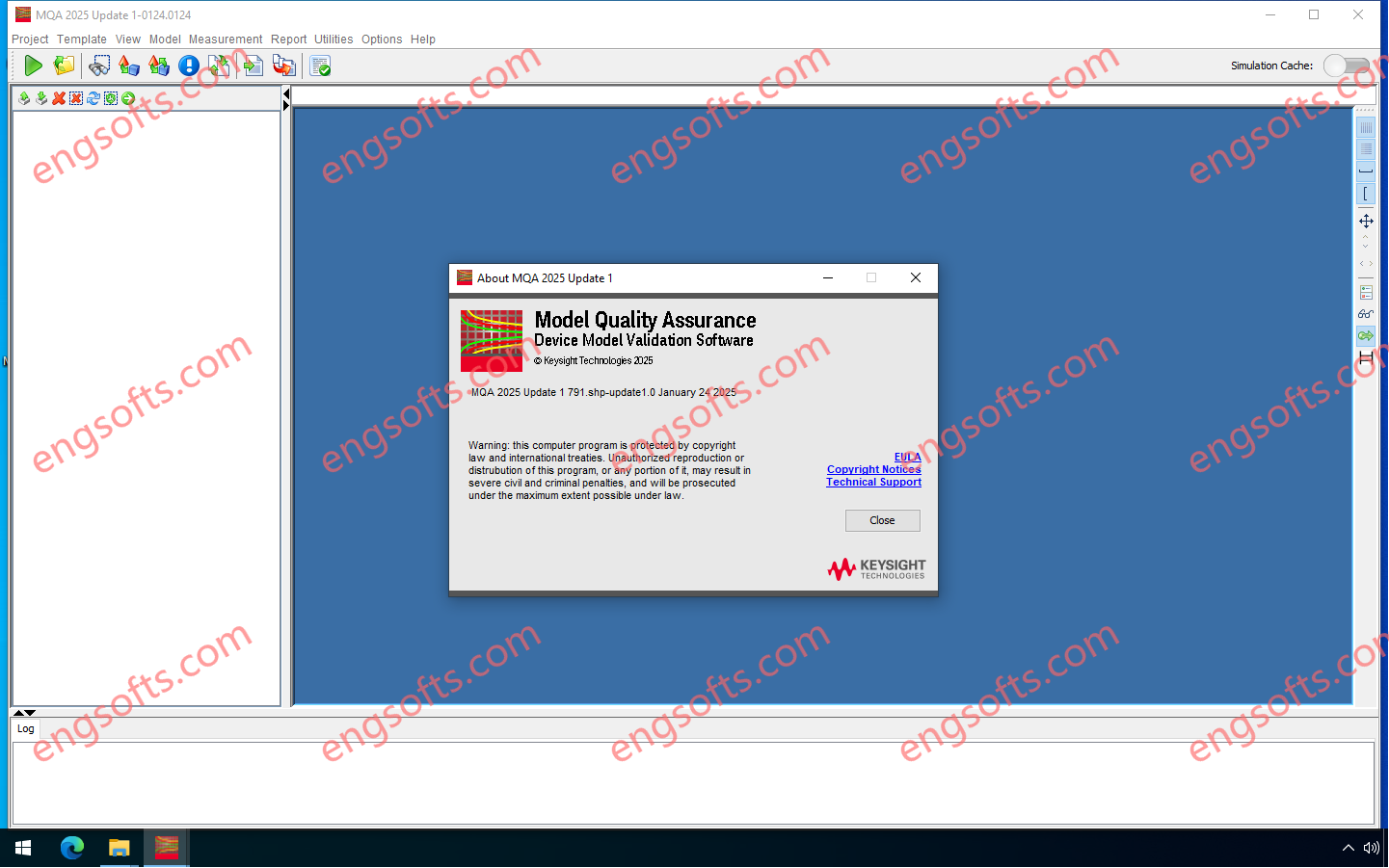
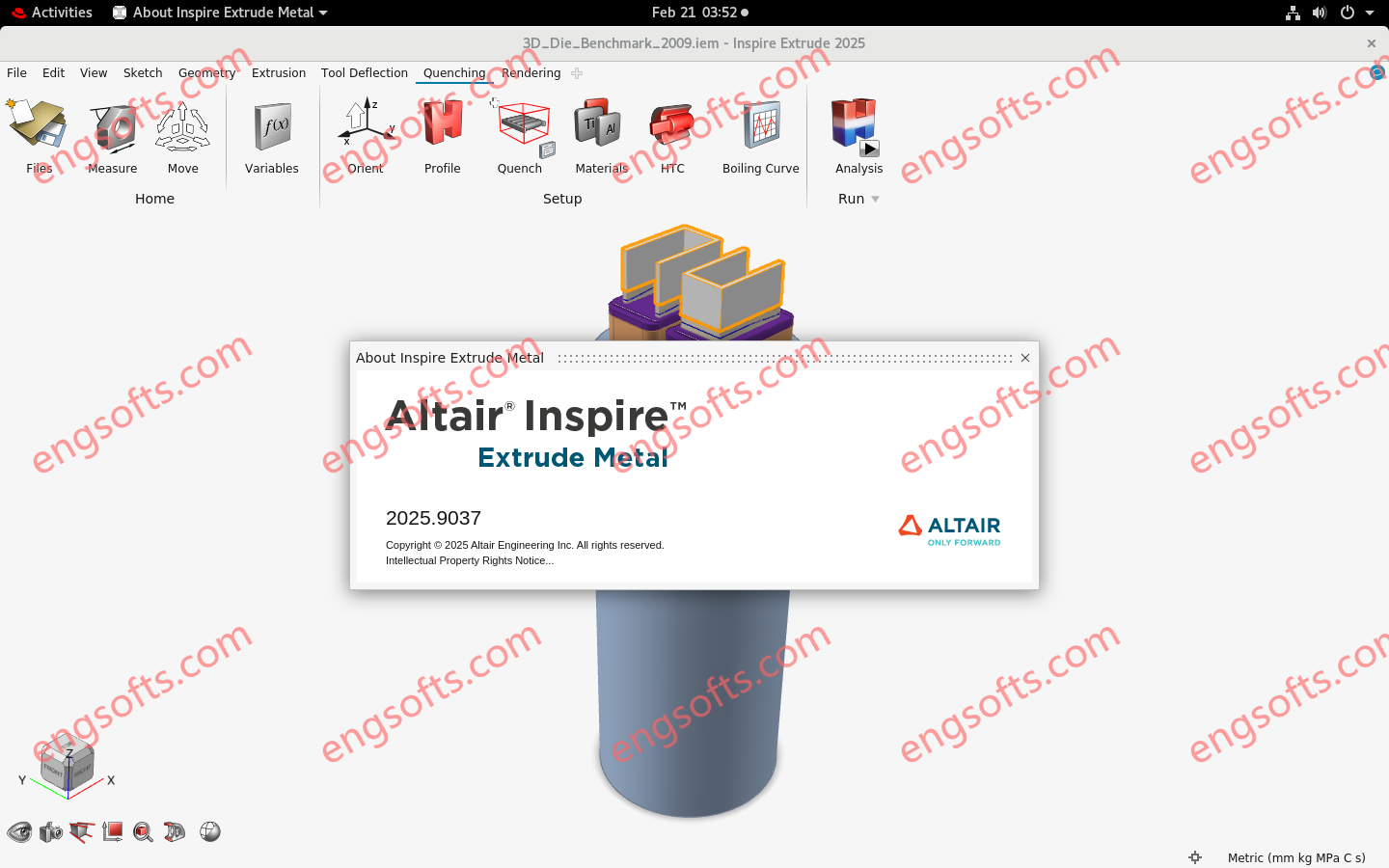
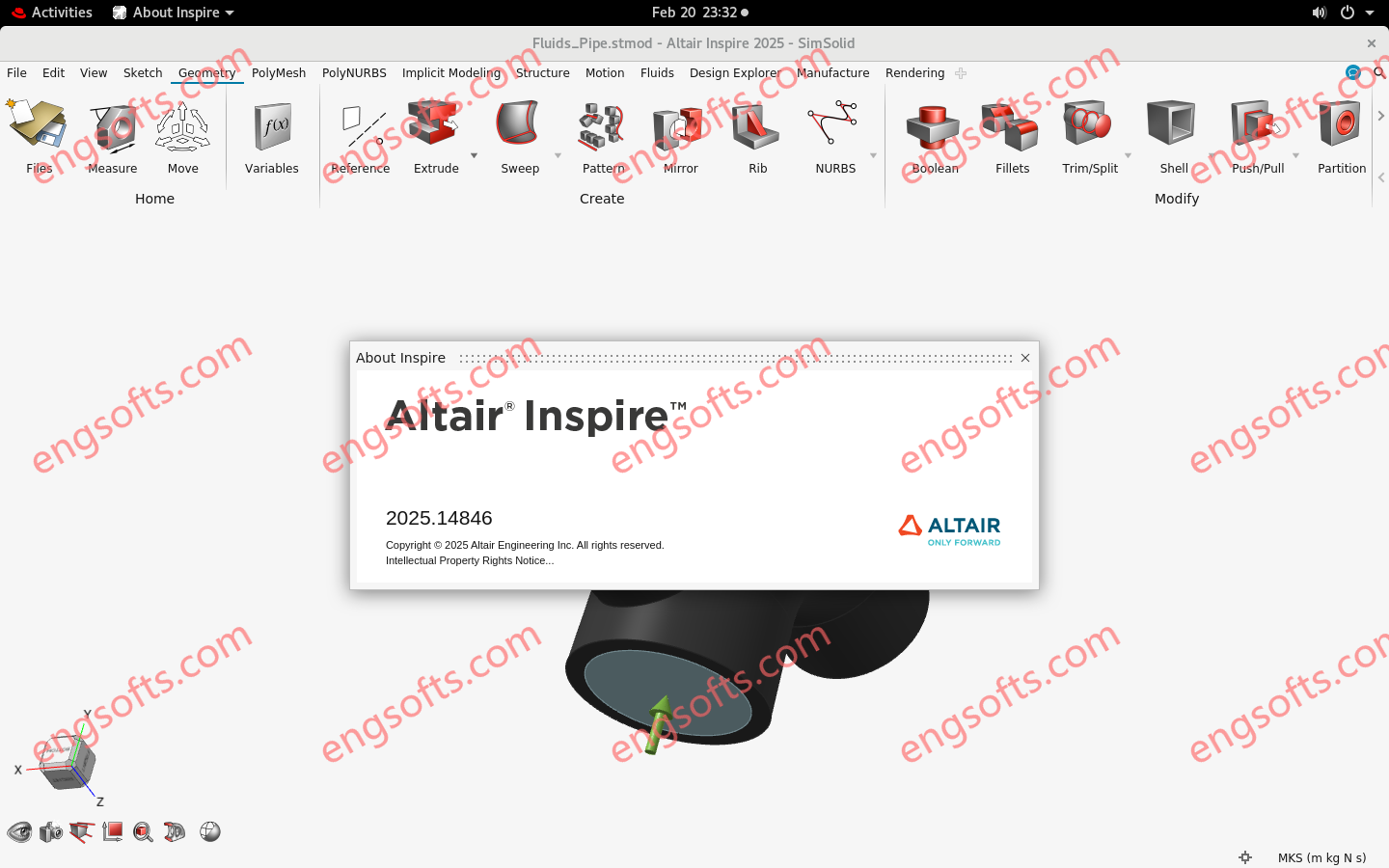


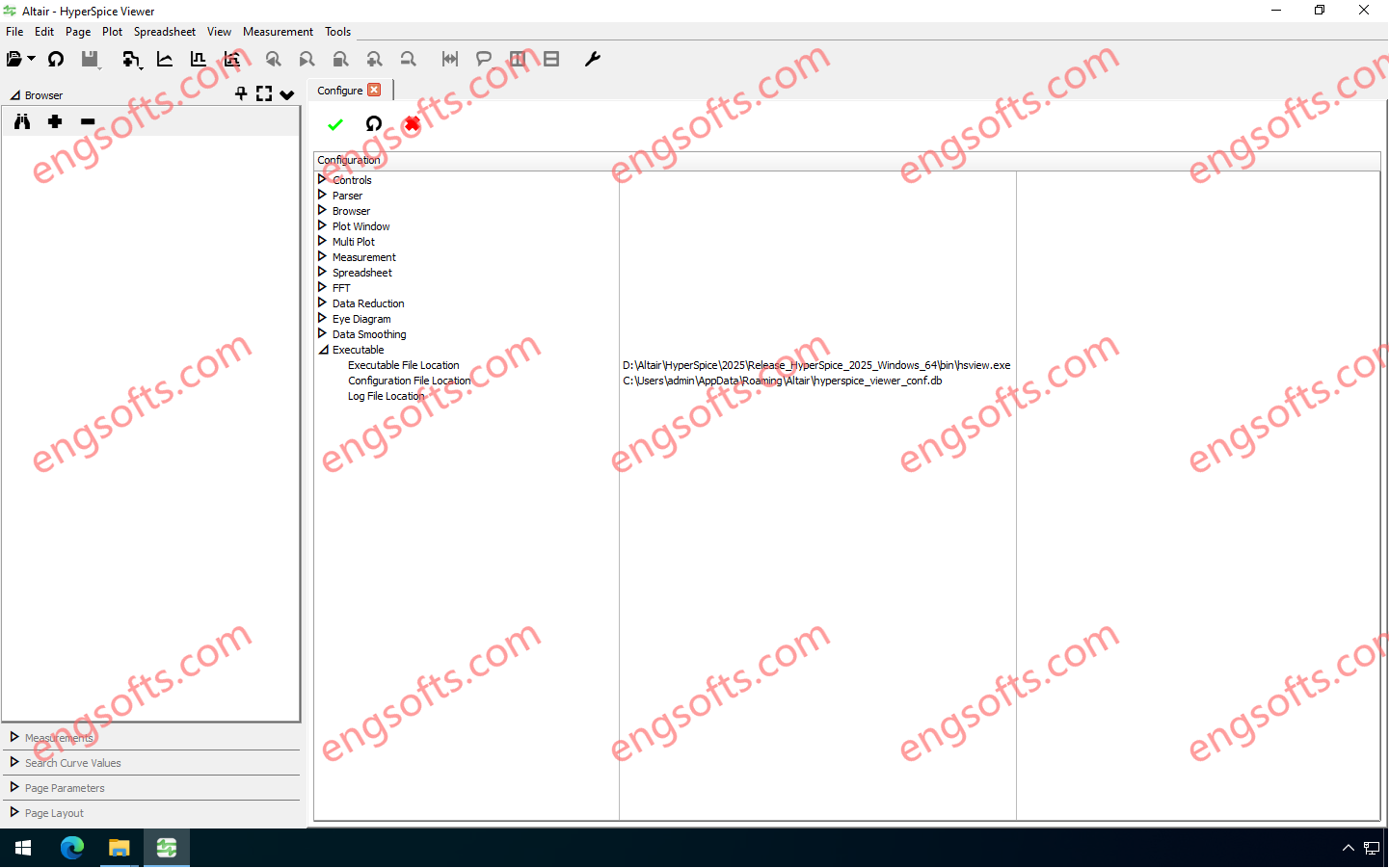
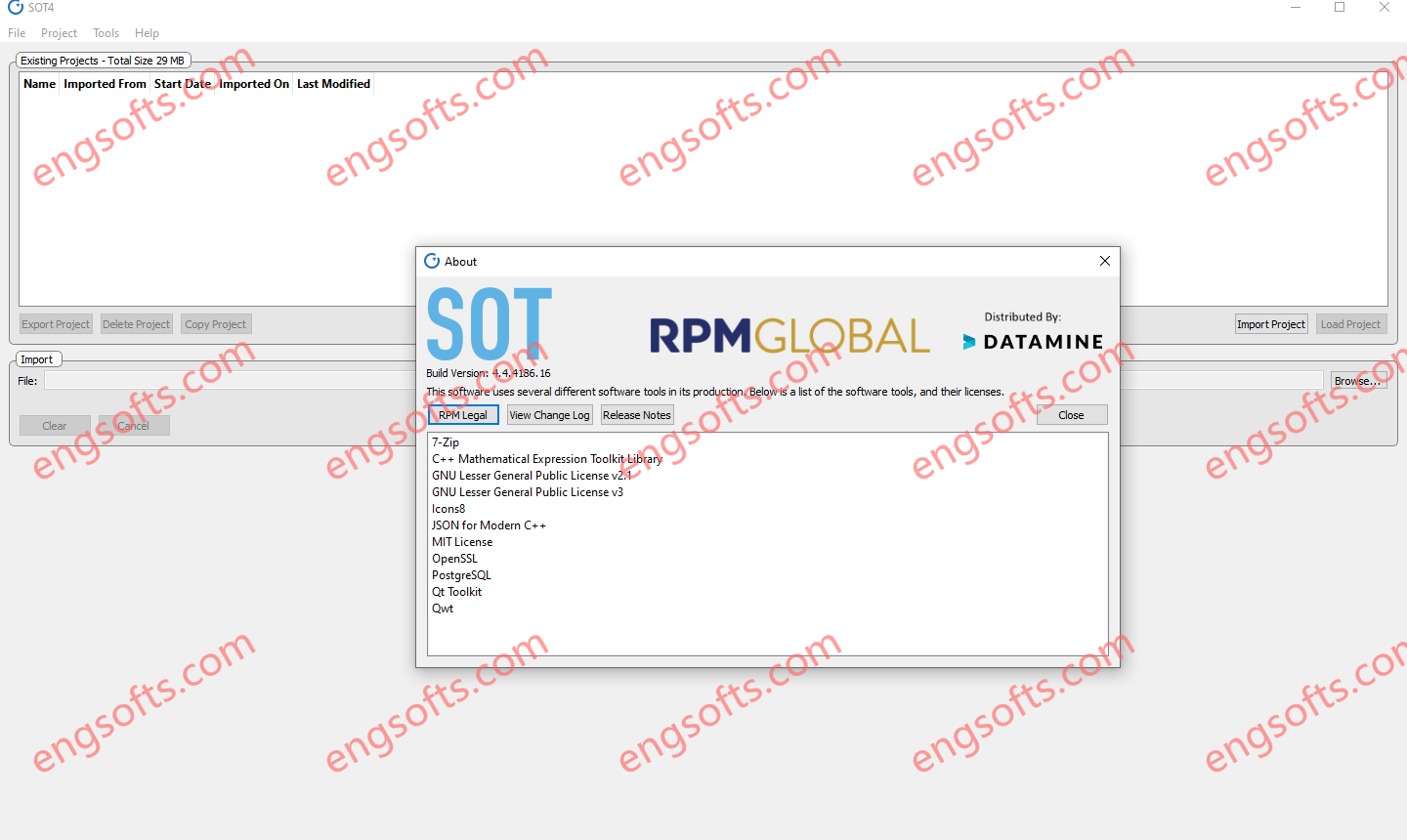
 ID:softmed
ID:softmed ID:956575828
ID:956575828